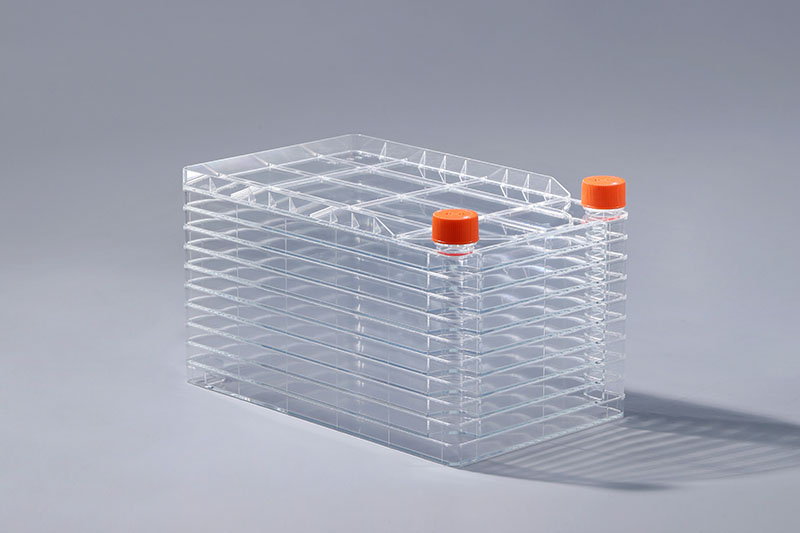Technologiae culturae cellularum usus technologiae communis est in campis biopharmaceuticorum, elementorum monocloalium et therapiae cellularum. @___@ maxime adhibentur ad cellam culturae magnarum. Proventus cellularum multis factoribus afficitur, quarum caliditas maxima est aspectus. Sub adiunctis normalibus, temperatura idonea est in vitro culturae mammalium et cellularum aviarum 37-38 °C. Nimis alta vel humilis temperatura incrementum cellularum afficiet. Facultas cellularum ad frigiditatem tolerandam fortior est quam resistentia caloris. In temperatura humilis, metabolicae actionis et cellularum nuclei divisio reducitur. Cum temperatura non minus quam 0 °C est, quamvis metabolismum cellulam afficit, nullum habet effectum nocivum; cum cellulae ponuntur ad 25°35C, cellulae adhuc superesse et crescere possunt, celeritas autem retardabitur; Retro ad 37 cellulae culturae crescere pergere possunt.@___@ Celsus caliditas non est bona culturae cellae. Cellulae excultae ad 39-40°C horae 1, laedi possunt aliquatenus, sed adhuc recuperare possunt, sed incrementum temperaturae 2°C per aliquot horas tolerare non possunt, id est, si excultae sunt. ad 41-42°C hora 1, cellula damnum grave est. Pleraque cellularum caesa est cum temperatura supra 43°C. Calor caliditas maxime causat enzymes inactionem, interitum lipidum, interitum divisionis nuclei, productionem coagulationis, cellarum coagulationem, et servo denaturationem. Ideo officinas cellae idoneam temperiem conservare debet et caliditatem caliditatem cum cellulis culturae vitare.Cell officinarum
In fine, incrementum cellularum in officina cella multiplicibus causis afficitur, et temperatura una tantum est. Alii comprehendunt pressionem osmoticam, ambitum sterilem, gasi et pH.
High temperature is not good for cell culture. Cells are cultured at 39-40°C for 1 hour, they can be damaged to a certain extent, but they can still recover, but they cannot tolerate a temperature increase of 2°C for several hours, that is, if they are cultured at 41-42°C for 1 hour, the cell damage is severe. Most of the cells were killed when the temperature was above 43°C. High temperature mainly causes the inactivation of enzymes, the destruction of lipids, the destruction of nuclear division, the production of coagulase, the coagulation of cells, and the denaturation of proteins. Therefore, the cell factory must maintain a suitable temperature and avoid high temperature when culturing cells.
In conclusion, cell growth in a cell factory is affected by multiple factors, and temperature is only one of them. Others include osmotic pressure, sterile environment, gas, and pH.
The FAI climbed 5.9 percent year-on-year in the first 11 months of 2018, quickening from the 5.7-percent growth in Jan-Oct, the National Bureau of Statistics (NBS) said Friday in an online statement.
The key indicator of investment, dubbed a major growth driver, hit the bottom in August and has since started to rebound steadily.
In the face of emerging economic challenges home and abroad, China has stepped up efforts to stabilize investment, in particular rolling out measures to motivate private investors and channel funds into infrastructure.
Friday's data showed private investment, accounting for more than 60 percent of the total FAI, expanded by a brisk 8.7 percent.
NBS spokesperson Mao Shengyong said funds into weak economic links registered rapid increases as investment in environmental protection and agriculture jumped 42 percent and 12.5 percent respectively, much faster than the average.
In breakdown, investment in high-tech and equipment manufacturing remained vigorous with 16.1-percent and 11.6-percent increases respectively in the first 11 months. Infrastructure investment gained 3.7 percent, staying flat. Investment in property development rose 9.7 percent, also unchanged.
 English
English



















































